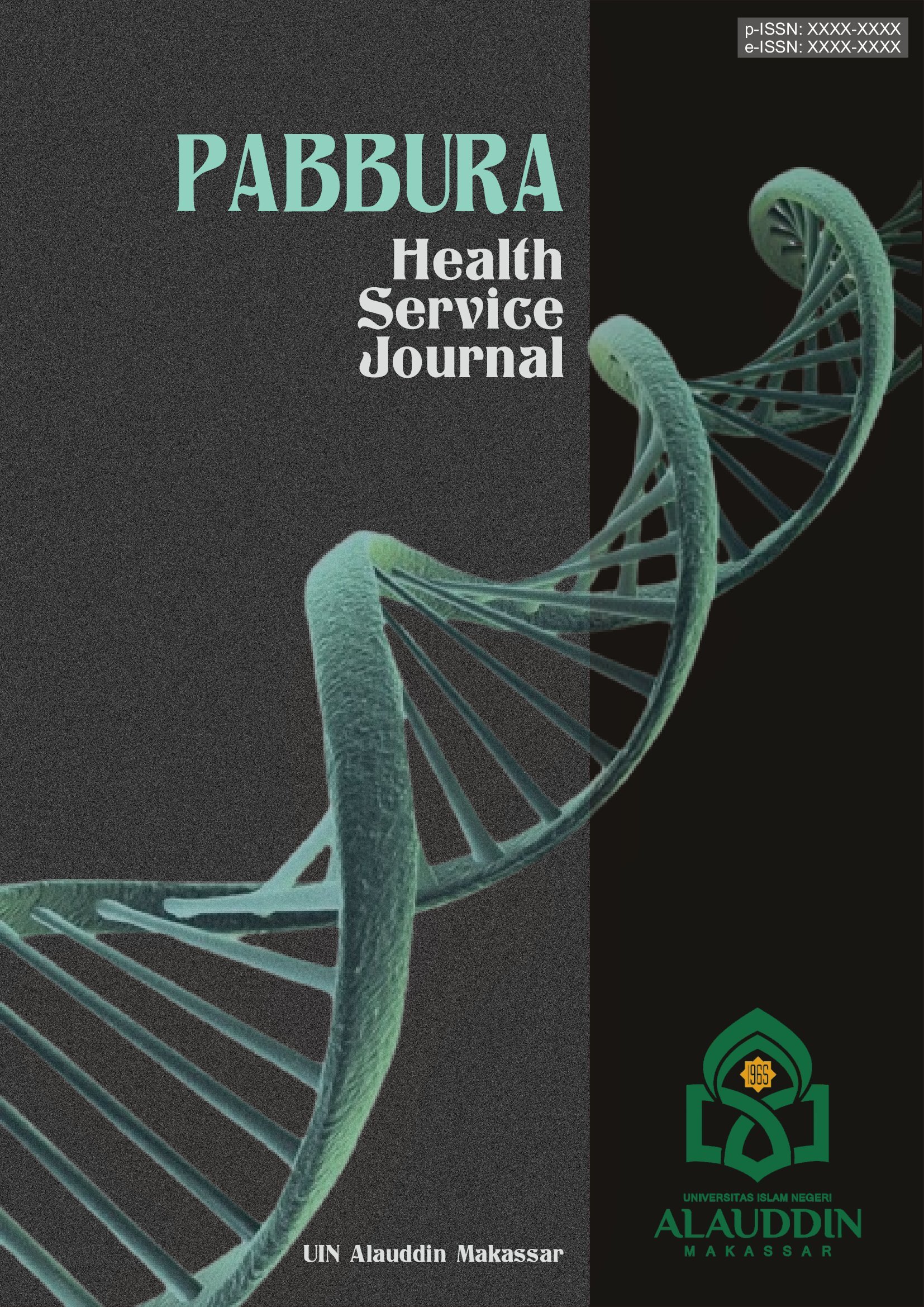Empowerment of schools in efforts to prevent violence among adolescent students in West Sulawesi
Abstract
Youth violence refers to acts of violence among individuals aged 10–29 who have no family ties, whether they know each other or not. It usually occurs outside the home and includes various forms of action, such as online or offline intimidation, physical clashes, to more severe sexual and physical violence. The impact of this violence includes the risk of death, injury, and disability, as well as long-term health consequences, including mental health problems and risky behaviors that can lead to chronic disease. Youth violence is also associated with high school dropout rates, negatively affects cognitive development, and reduces opportunities to make positive contributions to society. The aim of this community service activity is to prevent acts of violence in schools through empowerment efforts. The empowerment methods used include outreach, in-depth interviews and surveys of teachers and students about violence. The series of activities shows that the school welcomes the series of community service activities as a form of empowering the school in preventing acts of violence. Bullying and student fights are forms of violence that often occur in schools. A series of outreach activities in the form of interviews and surveys using questionnaires can provide initial information on the school's understanding of violence and basic knowledge about violence among students and teachers that still needs to be improved.
References
Ma KKY, Anderson JK, Burn AM. School‐based interventions to improve mental health literacy and reduce mental health stigma–a systematic review. Child Adolesc Ment Health. 2023;28(2):230–40.
Marraccini ME, Pittleman C, Griffard M, Tow AC, Vanderburg JL, Cruz CM. Adolescent, parent, and provider perspectives on school-related influences of mental health in adolescents with suicide-related thoughts and behaviors. J Sch Psychol. 2022;93:98–118.
Notoatmodjo S, 2003. Pendidikan kesehatan dan ilmu perilaku, Jakarta : Rineka Cipta
Kementerian Pemberdayaan Perempuan dan Perlindungan Anak (Kemen PPPA). Kolaborasi Berkelanjutan Lintas Sektor dan Regional, Kunci Atasi Kasus Kekerasan terhadap Anak. 2024; Available from: https://www.kemenpppa.go.id/page/view/NTAxNg==
Weare K, Nind M. Mental health promotion and problem prevention in schools: what does the evidence say? Health
Promot Int. 2011;26(suppl_1):i29–69.
Wulandari, E. P., Bhwa, D. P., & Tafuli, Y. (2023). Pengaruh pendidikan kesehatan dengan tingkat pengetahuan dan sikap tentang kekerasan seksual pada mahasiswa. Jurnal Ilmiah Keperawatan Altruistik (JIKA), 6(2), 1–8.
World Health Organization (WHO). Youth violence [Internet]. 2023. Available from: https://www.who.int/news-room/fact-sheets/detail/youth-violence

